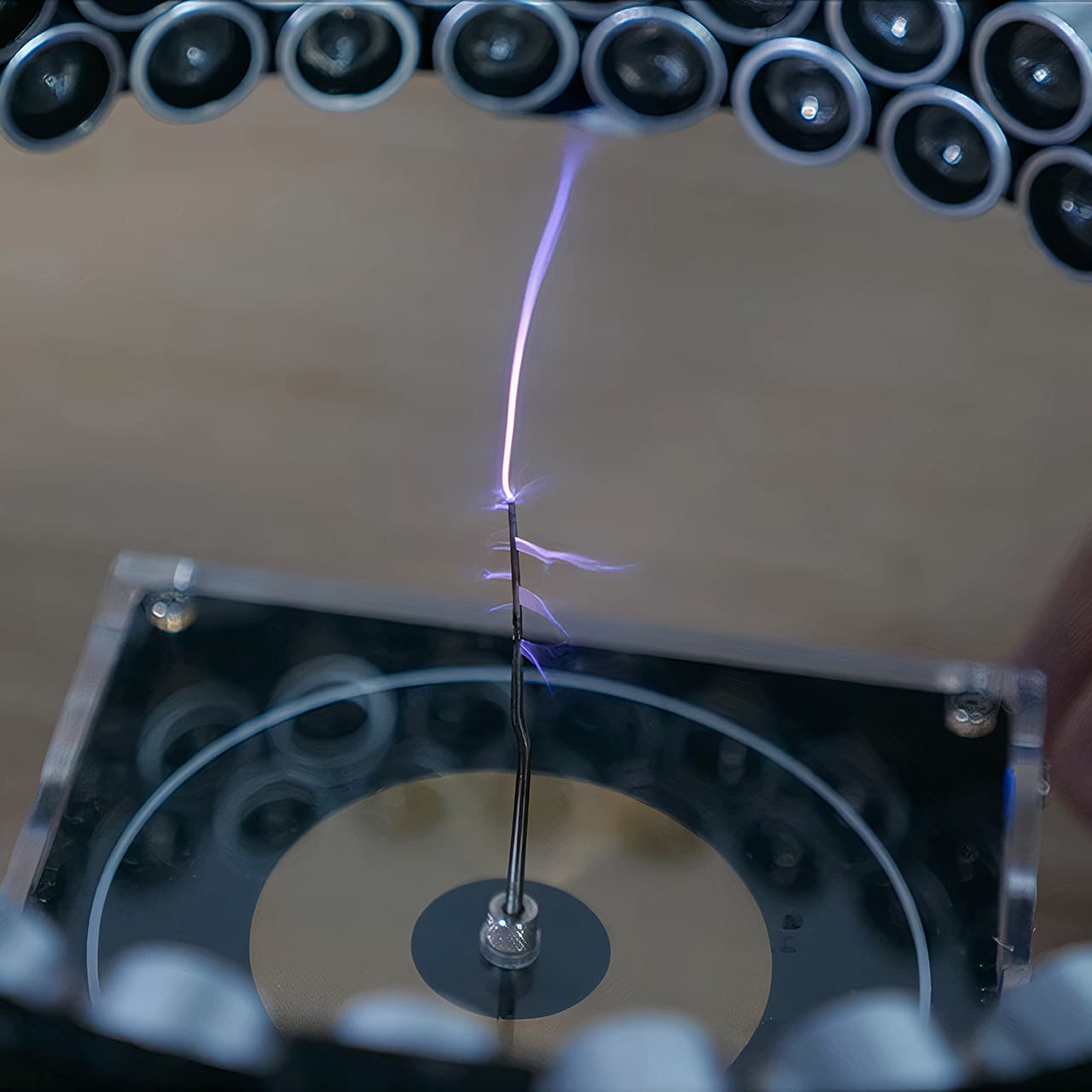Scientists Achieve Precision Guidance of Electric Plasma Using Ultrasonic Waves

Recent breakthroughs in physics demonstrate the potential to control electric plasma, a small-scale analog to lightning, using ultrasonic sound waves. This development suggests a future where phenomena previously considered chaotic, like lightning, could be directed or even captured. Brian Roemmele, a notable figure, highlighted this potential on social media, posing the question: > "What if? We can control lightning with sound? Direct it where we want, perhaps capture it? New research shows this may now be possible. Just scale."
This innovative approach, detailed in recent research by institutions such as UpnaLab and popularized by channels like The Action Lab, leverages the interaction between sound and heat. Researchers create standing ultrasonic waves that manipulate air density, forming invisible channels. These channels guide hot air, which, in turn, lowers the electrical breakdown voltage, creating an easier path for electric discharges to follow.
Unlike previous attempts to guide plasma with powerful lasers, which could cause significant damage and required immense energy, the sound-based method offers a safer and more practical alternative. By rapidly pulsing a Tesla coil within an ultrasonic field, scientists have successfully transformed random sparks into a continuous, straight line of glowing plasma. This controlled beam demonstrates how sound waves can precisely shape the environment for electrical currents.
The core mechanism involves acoustic radiation force, which pushes heated air towards specific regions within the standing wave. Since plasma generates extreme heat, this localized hot air creates a preferred, easily ionizable pathway. This allows for dynamic steering of the plasma path by adjusting the ultrasonic transducers, enabling the electric discharge to curve around obstacles or complete circuits with unprecedented accuracy.
The implications of guiding electric plasma with sound are vast, extending beyond mere laboratory curiosities. Potential applications include advanced energy systems, precision manufacturing (like welding and cutting), and even medical technologies for sterilization or targeted chemical reactions. While current experiments focus on laboratory-scale plasma, the research marks a significant step towards understanding and potentially harnessing larger electrical discharges, fulfilling the vision of controlling lightning.